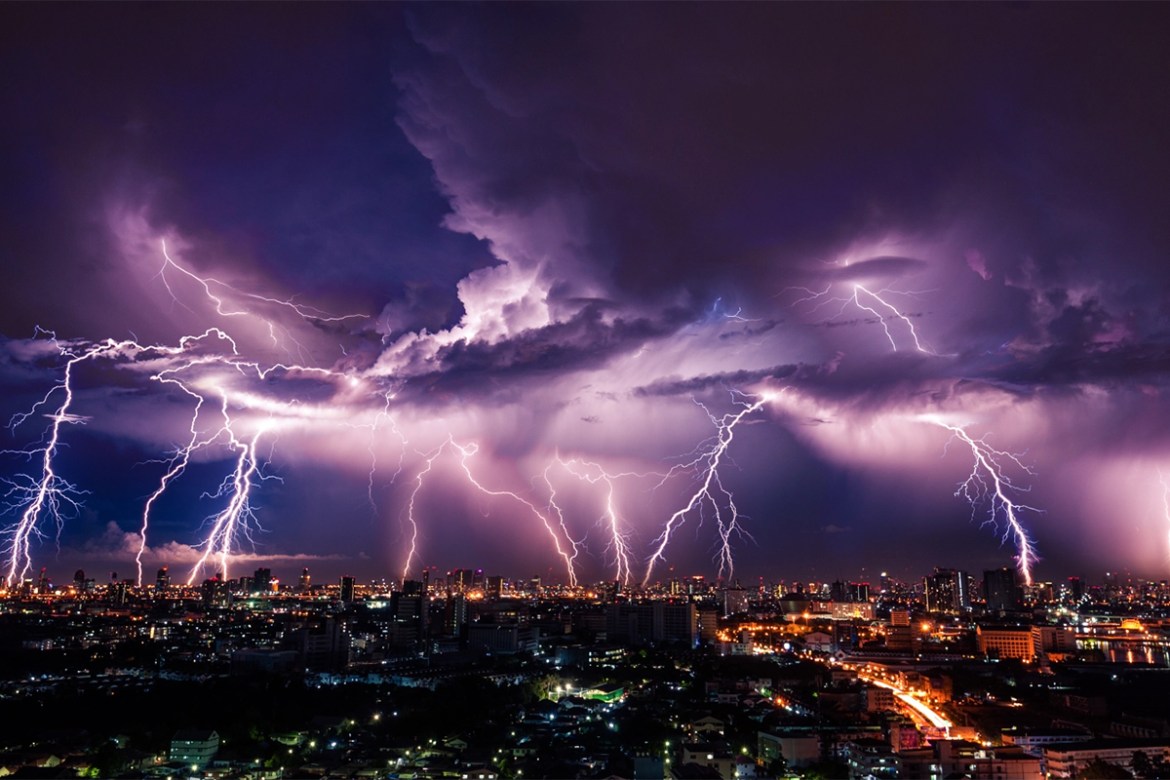In the Philippines, the weather can easily switch from sunny into a full-on thunderstorm with unrelenting rain. The country is no stranger to such drastic weather changes. However, the dangers that bad weather poses on the lives of Filipinos and the potential widespread destruction of properties should never be overlooked.
It is essential for you and your family to prepare for the eventuality of a thunderstorm. Since we are often visited by many typhoons every year, we should be able to develop a detailed disaster preparedness plan to keep us safe and minimize the threats that this type of natural disaster presents.
But before anything else, what is a thunderstorm? Thunderstorms are characterized by lightning, thunder, heavy rainfall, and strong gusts of winds. Whenever this occurs, the very first and most important thing you should do is to find shelter and go indoors as soon as possible.
Once you have sought cover, these are the next few steps to follow:
Stay calm.
There is no use in panicking during a thunderstorm. You will benefit more from keeping a clear and alert mind through it all. Focus on your surroundings and stay up-to-date on the latest developments or advisories in your area. Use a battery-powered radio to listen to alerts and warnings.
Postpone any trip or activity scheduled for the day.
Being outside during a thunderstorm is extremely dangerous. You are risking yourself to being struck by lightning. It can cause serious injuries or be fatal at worst. Always remember that safety comes first. You can reschedule trips or outdoor activities to another day when the weather is good.
Stay away from concrete walls or flooring.
Even when you are indoors, you may still be at risk of lightning. As much as possible, you need to stay away from concrete walls and floors as lightning can travel through its metal wires or bars. It is also advised to stay away from doors and windows. The very strong winds may possibly shatter them and cause injury.
Avoid items that lightning can travel through.
Yes, lightning travels through some of the objects you can find in your home. You should not use electronic equipment connected to outlets or corded telephones because lightning can travel through their electrical systems. On the other hand, you can use surge protectors in order to keep your appliances safe from power surges.
Water should also be avoided since it is a good conductor of electricity and lightning is also very likely to travel through plumbing. Any activity involving water like showering or washing the dishes should not be done during a thunderstorm.
If stuck outside, remember the lightning safety position.
If no shelter is readily available, perform the lightning safety position. Crouch down with your head low but do not lay down on the ground. Place your hands over your ears to protect them from the loud thunder.
Make sure that the heels of your feet are touching each other to reduce the chances of ground current entering your body. The balls of your feet should be the only part of your body touching the ground.
Be careful about the place you take shelter in.
During a thunderstorm, you should avoid taking cover under a tree and get off from high places such as mountains or peaks. You should also stay away from bodies of water like ponds or rivers and other conductors of electricity.
You can opt to stay inside a hard-top vehicle if there is no other available shelter. Just take note that you should avoid touching anything metal.
Although these tips might seem pretty obvious, it doesn’t hurt to remind yourself of these when the situation calls for it. It’s always a good practice to be prepared for these types of disasters at all times. #StaySafe #StaySmart



